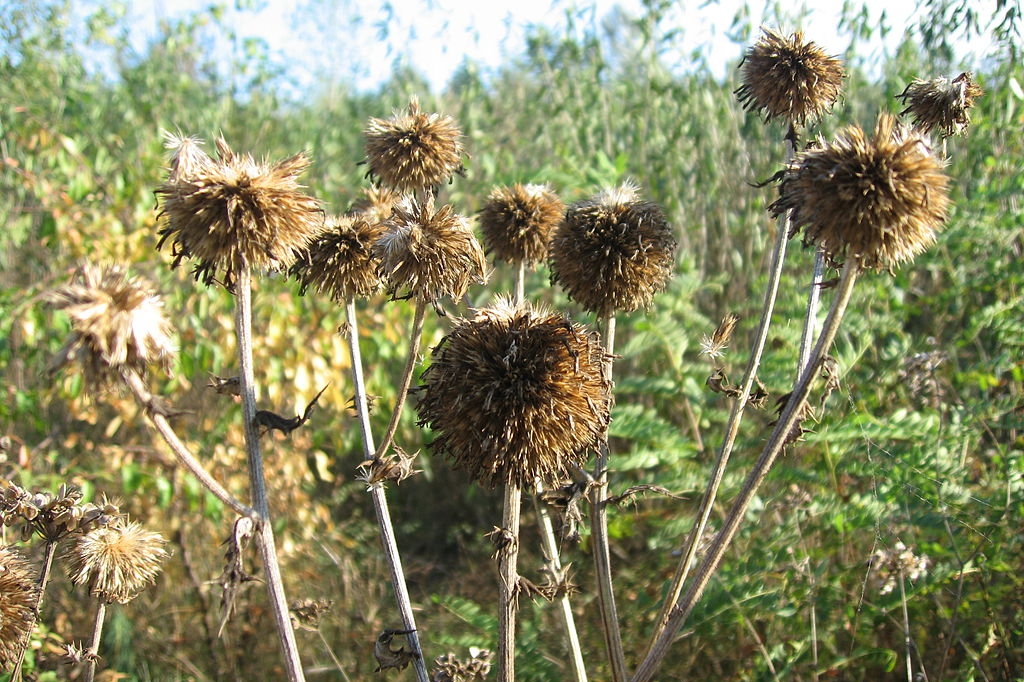As the weather turns to Spring, here are some critical steps for orchard care
March is a critical month for completing a variety of orchard care tasks. Please check out our new POP Monthly Orchard Task List for recommended maintenance activities to complete this month.
Finish winter pruning
Winter pruning season is almost over! We generally aim to complete all pruning by mid-March, before plants break dormancy. Check out POP’s fruit tree pruning guide and berries and vines pruining guide if you have not completed these essential tasks yet.
Cut back dead herbaceous material
We prefer to leave the dead stalks of our herbaceous companion plants through the winter months, as they can provide habitat for beneficial insects and food for birds. Now it is the time to cut them back and compost them to make room for new spring growth.

Pest and disease monitoring and identification
While most pests and diseases are still dormant in early March, it is a critical time for application of some key holistic and organic sprays and other management strategies. By late March, as orchard plants break dormancy, disease spores begin to spread. Some of the key management tasks to consider at this time:
Apply dormant oil sprays
Early March is good timing to spray oil for control of aphids, scale, red mites, spidermites, pear psylla, white flies and other soft bodied insects. Dormant oils should be applied to the trees before bud break in late winter or early spring. More info can be found here.

Apply compost tea
In late winter to early spring, apply as a soil soak to boost soil life and fertility to boost tree health and resilience. More info on compost tea applications can be found on our website here.
Apply copper/sulfer fungicides
We generally recommend this only as a last resort for plants that have suffered severe crop loss from fungal diseases (like brown rot, black rot, mildew, etc) the previous year. Apply just before or after bloom. More info on sulfur and copper sprays can be found here.
Biofungicides like Regalia and Serenade may also be applied during this period for improved disease control.
Cultivate soil under your fruit trees
For control of insects that overwinter in the ground, including oriental fruit moth, codling moth, plum curculio, tree borers, etc. Use a hoe or other implement to cultivate the top few inches of soil in late winter or early spring under the canopy of your trees. An even more effective option is to run chicken or poultry through your orchard space.
Remove the last mummified fruits
Remove these from your trees before spring weather hits and they begin to spread disease spores.
Unwrap your Figs and Pomegranates
By mid March, it is generally safe to unwrap your figs, pomegranates, and other tender plants from their winter protection!

Across the city, buds are beginning to swell- enjoy the annual orchard flower show in weeks to come!
This POP Blog Post was written by POP Co-Executive Director Phil Forsyth, and re-edited for blog posting by POP Intern Joe Dizenhuz
SUPPORT US! If you found this entry useful, informative, or inspiring, please consider a donation of any size to help POP in planting and supporting community orchards in Philadelphia: phillyorchards.org/donate.